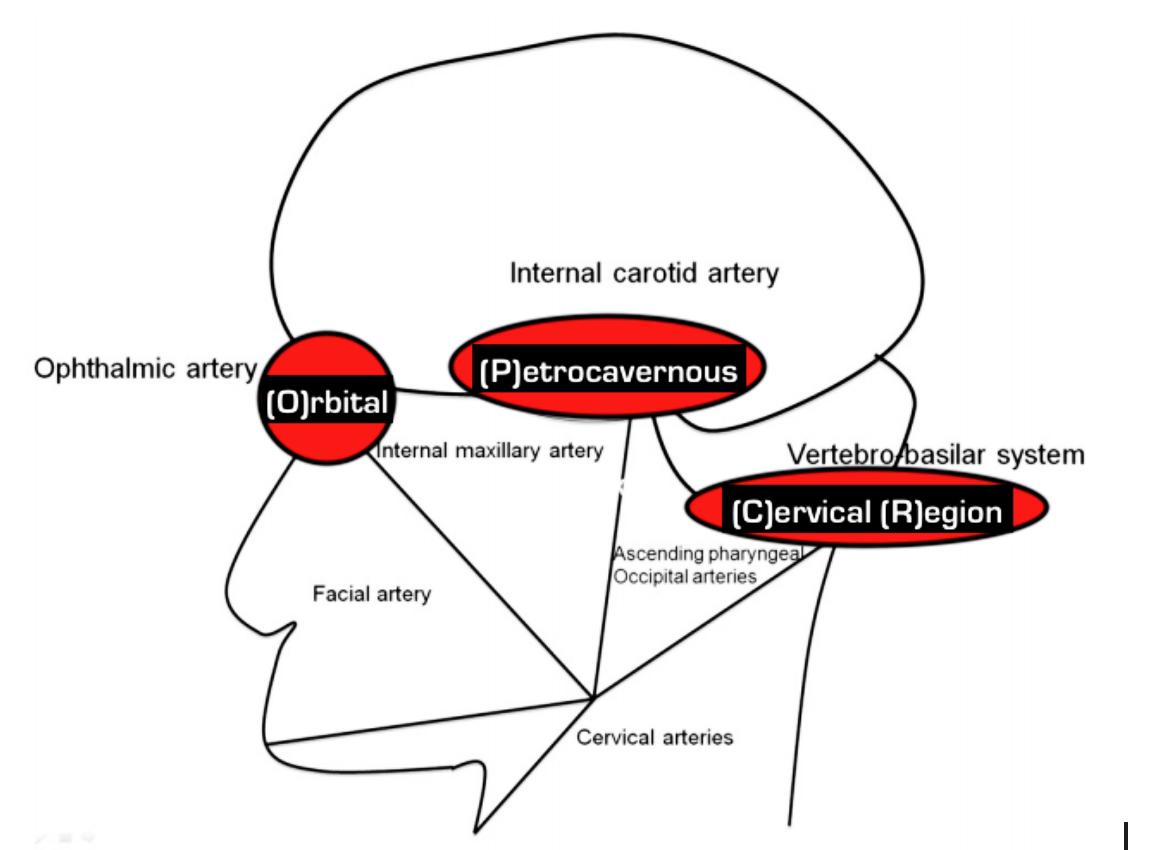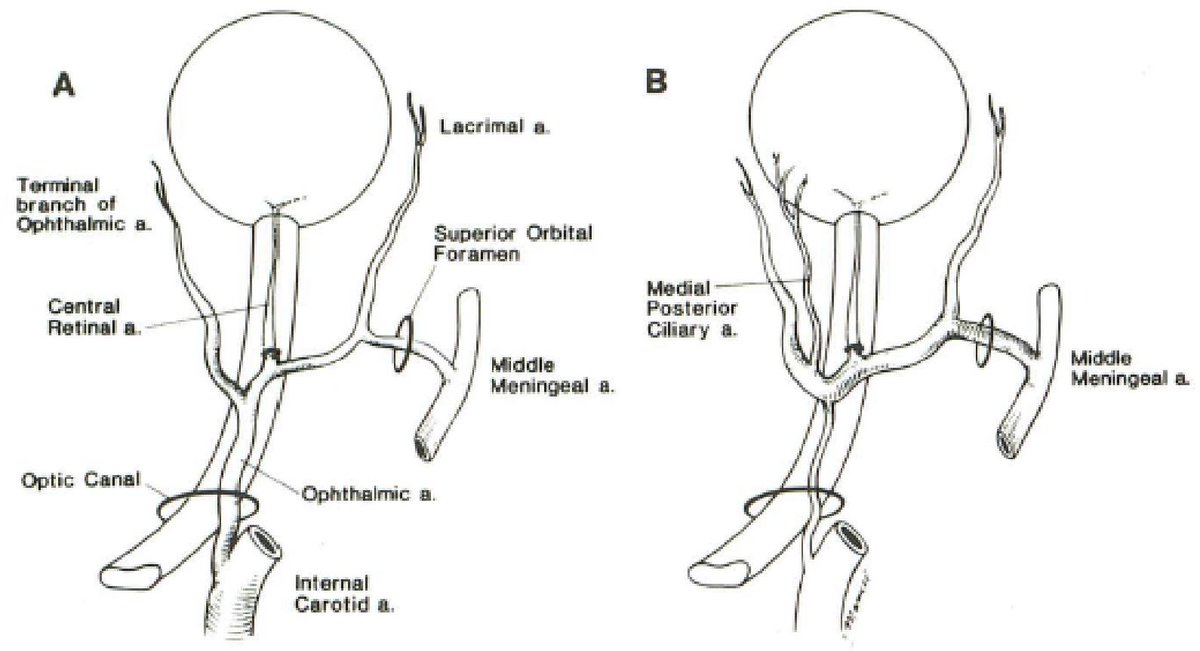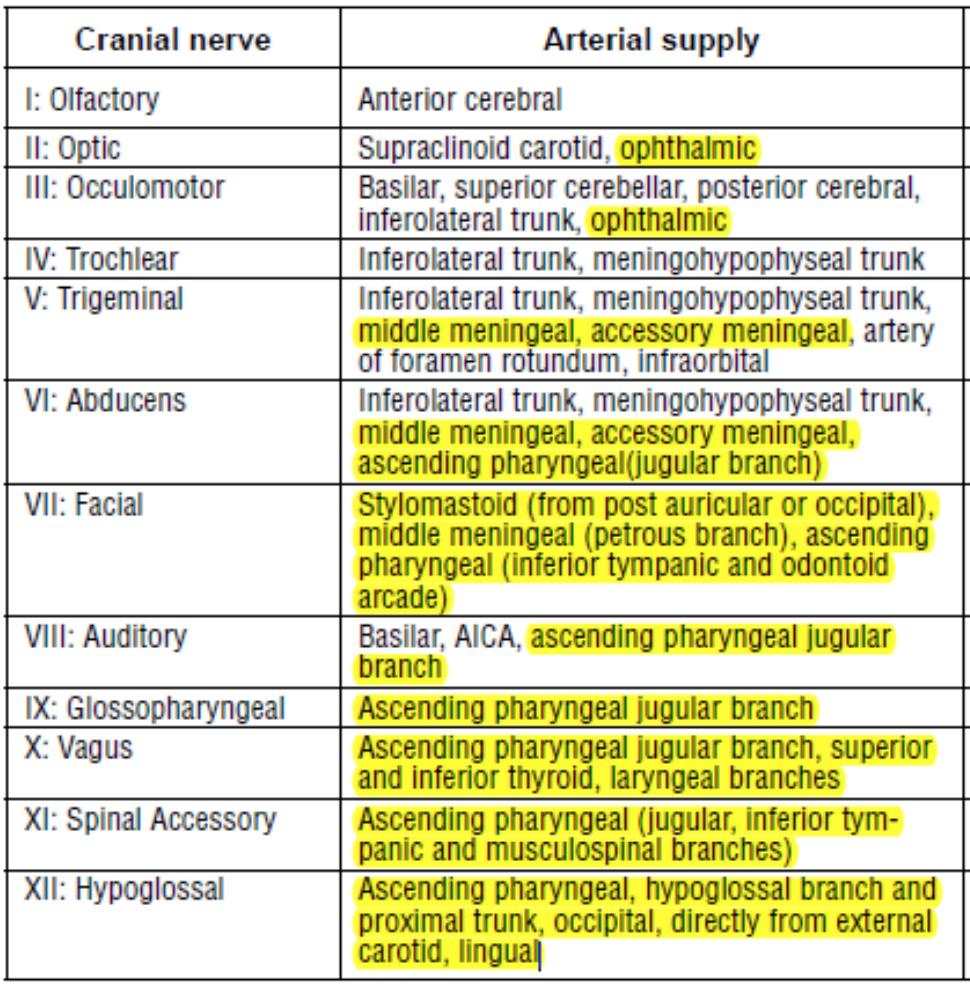
#tweetorial DR. EGAS MONIZ, the FATHER of CEREBRAL ANGIOGRAPHY undertook a task no one considered possible: the radiographic imaging of the brain in a living human. Moniz never made a single injection; yet with his determination and intelligence, he helped launch our field! 



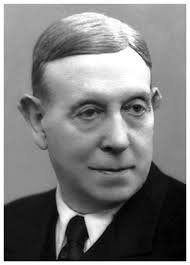

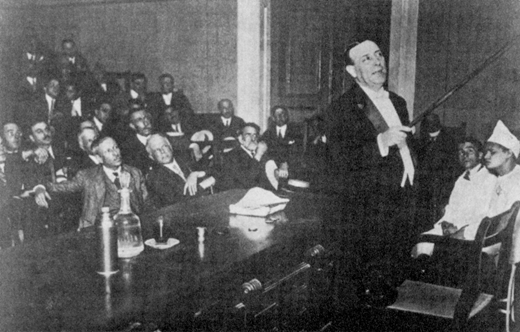

(1/11)Dr. Moniz was a brilliant Neurologist who pioneered cerebral angiography in 1927 allowing Neurologists & Neurosurgeons to visualize the cerebral vasculature for the 1st time. Until then, ventriculography, developed by Dr. Walter Dandy, was the gold standard @UncleHarveyNSG
(2/11)His original intent with angiography was to improve imaging of brain tumors. His idea was to image blood vessels by injecting opaque substances using Xrays to localize brain tumors. Dr. Moniz named this procedure as ‘‘encéphalographie artérielle’’(arterial encephalography)
(3/11)The 1st step was to find an innocuous opaque substance that would produce contrast sufficient for diagnosis in the face of dilution in the blood stream. He selected sodium iodide. Through carotid cut downs, he experimented on cadavers, animals (rabbits & dogs) and humans.
(4/11)Percutaneous attempts to introduce the opaque substance into the internal carotid artery failed initially and, therefore, a surgeon, Antonio Martins was asked to cut down the carotid. On 6/28/27 Moniz was finally able to achieve the visualization of a pituitary tumor.
(5/11)The 1st satisfactory angiogram was that of his 9th patient, a 20yo M whose films showed displacement of intracranial vessels 2/2 to a pituitary tumor. On 7/7/27, Moniz presented his results:"Arterial Encephalography: its importance in the location of cerebral tumours"
(6/11) The angiographic technique went through progressive improvements which are also expressed in the different names he gave to the method: after the initial term of cerebral encephalography, he called it cerebral arteriography and finally cerebral angiography. @SIRRFS
(7/11)Moniz provided the stimulus for the development, not only of cerebral angiography but of angiography of other areas of the body in numerous lectures and papers. Among Moniz’s other achievements, he performed the first pulmonary angiography through a cardiac catheter in 1931
(8/11) He introduced the infamous frontal lobotomy for refractory cases of psychosis, winning for himself the @NobelPrize for a “technique that just possibly came too soon for the technology and medical philosophy of its own epoch.” @AANSNeurosurg @TumorSection @MedscapePsych
(9/11)He became paraplegic at the age of 65 after being shot in his office by one of his schizophrenic patients. After this accident, Moniz was confined to a wheelchair, but he still continued to practice until his death in 1955. @esmintsociety @ESOstroke
(10/11)Since his death, cerebral angiography remains at its core a powerful diagnostic tool; however, advancements in tech and devices has significantly expanded its role to the front lines of treatment for cerebrovascular pathology, dx and tx @JMoccoMD @AdamArthurMD @TudorGJovin
(11/11)It is truly humbling to think how far the field has come in the 93 years since its inception .Its up to us as the current generation of trainees to continue pushing the field forward! Obrigado, Dr. Moniz.
@IR_juniors @neuroangio1 @NeuroangioA @SIRRFS @CNS_Update @TAAF
@IR_juniors @neuroangio1 @NeuroangioA @SIRRFS @CNS_Update @TAAF
• • •
Missing some Tweet in this thread? You can try to
force a refresh


